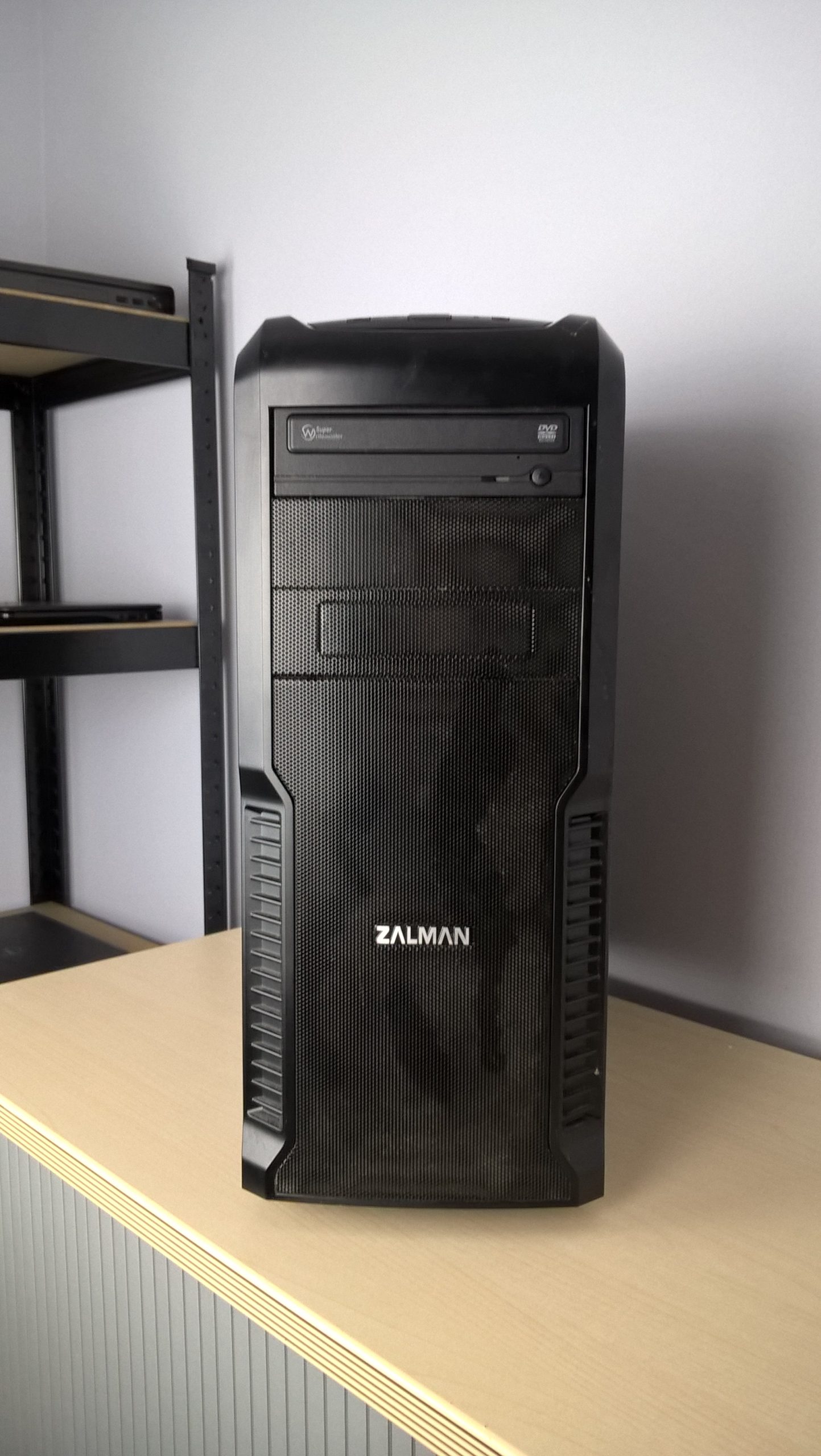Addressing the ‘Trojan:Win32/Phonzy.C!ml’ Detection: Essential Steps for PC Security
Recently, a concerning file named ‘Trojan:Win32/Phonzy.C!ml’ was detected on my computer. Initially flagged by Windows Defender under the “Virus & Threat Protection” section, I attempted to remove it, but the entry vanished from the list. Now, I see a message indicating “Remediation incomplete” with a status marked as “Failed.” This leaves me worried about the potential ongoing threat it may pose.
If you find yourself in a similar situation, it’s essential to act promptly and effectively. Here’s a step-by-step guide to help you navigate through this challenge and ensure your PC remains secure.
1. Run an In-Depth System Scan
Start by performing a thorough system scan using Windows Defender or your preferred antivirus software. This scan will help identify if there are any additional threats lurking on your device that might have gone undetected previously. Ensure that your antivirus software is up to date so it can recognize the latest threats.
2. Check Quarantine Settings
Once the scan is complete, check the quarantine section of your antivirus program. Often, detected threats are automatically moved here for safety. From there, you can choose to permanently delete them or restore them if you’re certain they are false positives.
3. Delete Temporary Files
Clearing out temporary files can sometimes help in the removal process. Use Windows Disk Cleanup to delete unnecessary files that could potentially harbor malware remnants.
4. Update System and Software
Make sure your operating system and all installed software are updated to the latest versions. These updates often include security patches that close vulnerabilities which malware exploits.
5. Consider An Alternative Antivirus Program
If the issues persist, you might want to try a different antivirus solution for a second opinion. Programs like Malwarebytes or Bitdefender can provide additional layers of protection and might catch threats that your default antivirus software misses.
6. Restore Your System
As a last resort, if you suspect that your system is still compromised, consider restoring it to an earlier point when it was functioning properly. This can often eliminate the threat but ensure you back up your important files first.
7. Stay Vigilant
Finally, always practice safe browsing habits and be cautious with email attachments and downloads. Regularly back up your files and consider using a firewall for added protection.
By following these steps,
Share this content:




Hello,
Dealing with threats like ‘Trojan:Win32/Phonzy.C!ml’ can be concerning, but taking systematic steps can effectively mitigate the risk. Here are some additional tips that may help you resolve this issue:
If you need detailed guidance on any specific step or encounter further issues, feel free to reach out. Remaining vigilant and keeping your system protected with updated software is the key to avoiding future threats.
Stay safe and secure